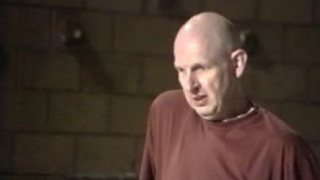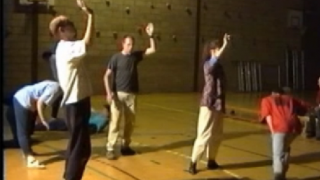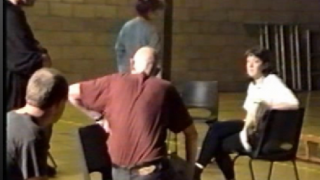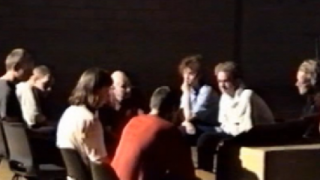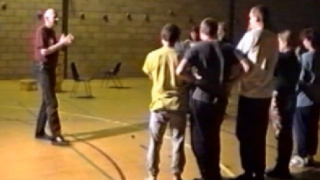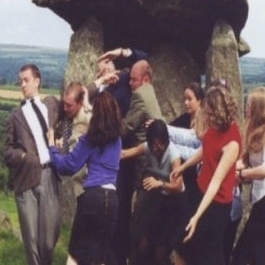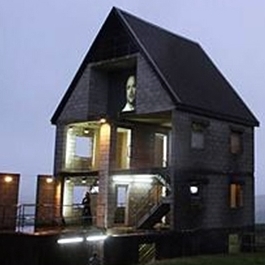Mike Pearson completed his undergraduate studies in archaeology at University College, Cardiff in 1971 and an MA in education there in 1973. He was a founder member of Transitions Community Arts Project, Cardiff (1971-2) and a member of internationally renowned physical theatre group R.A.T. Theatre (1972–3), with whom he appeared at the World Theatre Festival in Nancy, France. He was an artistic director of Wales-based companies Cardiff Laboratory Theatre (1973–80) and Brith Gof (1981–97), with whom he presented performances in South America, Hong Kong and throughout Europe; Brith Gof was particularly noted for its large-scale, site-specific productions staged in Italy, Germany, the Netherlands, Germany, Scotland and Wales in the early 1990s. He continues to make performance as a solo artist and with long-time collaborator composer John Hardy, and since 1997 he has worked in partnership with artist/designer Mike Brookes in Pearson/Brookes. In 2010 he directed a site-specific version of Aeschylus’s The Persians for National Theatre Wales (NTW) on the military training ranges in mid-Wales and in August 2012 directs Coriolan/us for NTW with the Royal Shakespeare Company for London 2012.
He is co-author with Michael Shanks of Theatre/Archaeology (2001) and author of In Comes I: Performance, Memory and Landscape (2006), Site-Specific Performance (2010) and Mickery Theatre: an imperfect archaeology (2011). He has taught in the Department of Theatre, Film and Television Studies since 1997 and is currently Professor of Performance Studies. In October 2012 he begins a two-year Leverhulme Major Research Fellowship: to recall experiences of theatre making in Cardiff in the early 1970s – in a new book and through restaging elements of his early work.
http://www.mikebrookes.com/shame/archive02.html
Image: Brith Gof’s PAX (1991), Aberystwyth Railway Station, photo © Clifford McLucas

